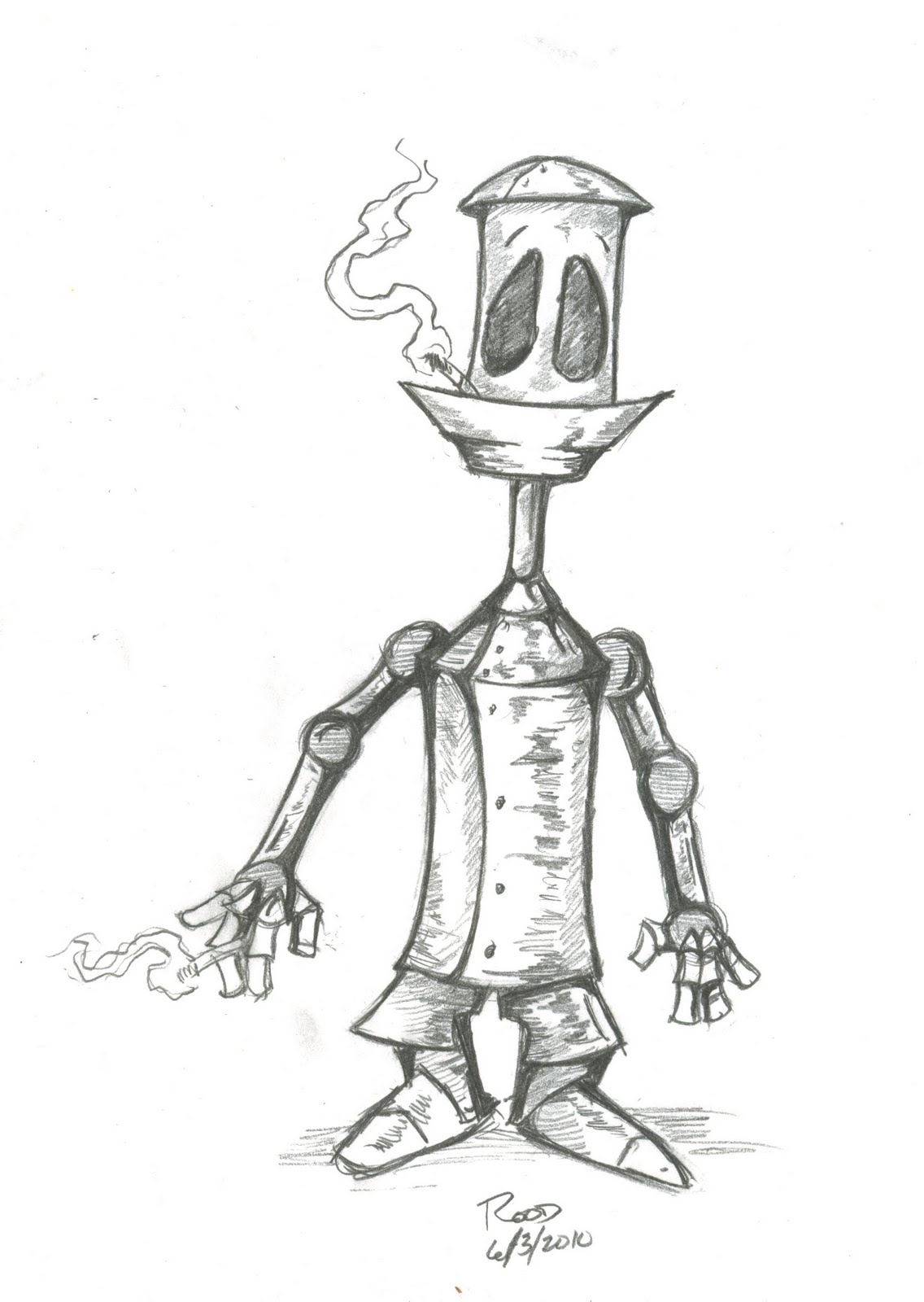The result of workflow can be an entry in the inbox of your end-user, to which "workflow" presents itself. The terms Work Item and Workflow shouldn't be mixed... as they do not mean the same. The term Workflow is often used to refer to the inbox entry that "is produced by workflow", which should really be called a Work Item. A Workflow could consist of several work items, and a lot of confusion could be avoided if the difference between workflow and work item is clear...
Events play a rather important role in Workflow. Triggering an event can start a workflow or task, or allow it to execute the next step in the flow. There are many main ways to create events,.
 The full life-cycle of an event shows it's true colors. This article may help you inderstand some of the mystical manners of events.
The full life-cycle of an event shows it's true colors. This article may help you inderstand some of the mystical manners of events.
The event queue, accessible via transaction SWEQADM is an all important subject with a high "need-to-know-about" factor. It queues events and makes sure these events do get triggered in the sequence they were queued. The event queue will capture peak workflow processing and limit it's (potentially very damaging) effect - when your event does not have to be triggered immediately - put it on the queue.
A linkage is where 2 elements are bound together. A task uses a parameter and a workflow that uses the task passes a value of a workflow parameter to the task parameter. This is called a binding and the set parameter (source) + binding + parameter (target) is called a linkage. Variables can also be set in your workflow container, e.g. a counter can be set up and for each loop pass a value is added to the counter. What's really clever is linkage operations for multi-line parameters (tables).
